The following is the second of a three-part series produced by Carlos Lujan Tutusaus, Senior Manager of Homologation, Commercial Vehicles, Automated Driving and Vehicle Dynamics in Applus IDIADA and Oriol Flix Viñas, Homologation Engineer, Commercial Vehicles, Automated Driving & Vehicle Dynamics in Applus IDIADA.
This article describes the main future trends about the new assessment and testing methodologies for the type-approval of vehicles and their systems. The first part of the article introduced the context, as well as the challenge of automated vehicle type approval.
The Rulemaking Structure
The main activities concerning the definition of type approval of automated driving vehicles for the European Union market are being developed in two different forums:
The European Commission
The European Commission (EU) is responsible for the definition of vehicle type approval within the European Union. Currently, Regulation (EU) 2018/858 defines the framework for the administrative provisions and technical requirements that road vehicles, separate technical units and components need to comply with, to be placed in the market. In addition to that, such regulation also establishes the provisions for other procedures that guarantee life-cycle compliance, like conformity of production and market surveillance. On a second level, we can find a series of regulatory tools which support the framework regulation, using amending, supplementing or implementing it.
One of the most important regulatory tools is Regulation (EU) 2019/2144, on type-approval requirements for motor vehicles and their trailers, and systems, components and separate technical units intended for such vehicles, as regards their general safety and the protection of vehicles occupants and vulnerable road users.
This regulation, also known as General Safety Regulation 2 (GSR2) introduces a series of mandatory systems that the vehicles have had to equip from July 2022 onwards. But most importantly, for this article, it defines a series of requirements that will need to be met by automated and fully automated vehicles.
As an initial step towards allowing the type approval of automated driving technologies, GSR2 does not define the technical specifications in detail but creates a structure to kick off the work for the creation of such technical requirements.
UNECE-WP29
One of the principles of Regulation (EU) 2019/2144 is that, for those requirements where there exists a UN Regulation, such Regulation shall be adopted by the European Commission with no need to duplicate efforts.
UN Regulations are developed in the framework of UNECE-WP29, the World Forum for Harmonization of Vehicle Regulations of the UNECE, headquartered in Geneva. A series of Groups of Experts (GR-) subsidiaries of UNECE-WP29 deal with the different topics which are included within the regulatory framework, as indicated in Figure 2.
GRVA was newly created in June 2019 to replace the previously existing Group of experts on brakes and running gear (GRRF), as a consequence of the publication of the Framework Document on Automated/autonomous Vehicles by UNECE-WP29 [1].
The framework document’s primary purpose to guide WP.29 subsidiary Working Parties (GRs) by identifying key principles for the safety and security of automated/autonomous vehicles of levels 3 and higher. The framework document also defines the work priorities for WP.29 and indicates the deliverable, time lines and working arrangements for those certain work products related to those priorities.
One of the tasks of the framework document was the definition of a “safety vision”, which included a list of topics which should be taken into account to ensure safety:
a) System Safety: When in the automated mode, the automated/autonomous vehicle should be free of unreasonable safety risks to the driver and other road users and ensure compliance with road traffic regulations.
b) Failsafe Response: Automated/autonomous vehicles should be able to detect their failures or when the conditions for the [ODD/OD] are not met anymore. In such a case the vehicle should be able to transition automatically (minimum risk manoeuvre) to a minimal risk condition.
c) Human Machine Interface (HMI)/Operator information: Automated/autonomous vehicles should include driver engagement monitoring in cases where drivers could be involved (e.g. take over requests) in the driving task to assess driver awareness and readiness to perform the full driving task. The vehicle should request the driver to hand over the driving tasks in case the driver needs to regain proper control of the vehicle. In addition, the automated vehicle should allow interaction with other road users (e.g. using external HMI on the operational status of the vehicle, etc.)
d) Object Event Detection and Response (OEDR): The automated/autonomous vehicles shall be able to detect and respond to objects/events that may be reasonably expected in the [ODD/OD].
e) Operational Design Domain (ODD/OD)] (automated mode): For the assessment of vehicle safety, the vehicle manufacturers should document the OD available on their vehicles and the functionality of the vehicle within the prescribed OD. The OD should describe the specific conditions under which the automated vehicle is intended to drive in the automated mode. The OD should include the following information at a minimum: roadway types; geographic area; speed range; environmental conditions (weather as well as day/night time); and other domain constraints.
f) Validation for System Safety: Vehicle manufacturers should demonstrate a robust design and validation process based on a systems-engineering approach with the goal of designing automated driving systems free of unreasonable safety risks and ensuring compliance with road traffic regulations and the principles listed in this document. Design and validation methods should include a hazard analysis and safety risk assessment for Automated Driving System (ADS), for the OEDR, but also for the overall vehicle design into which it is being integrated and when applicable, for the broader transportation ecosystem. Design and validation methods should demonstrate the behavioural competencies an Automated/autonomous vehicle would be expected to perform during a normal operation, the performance during crash avoidance situations and the performance of fallback strategies. Test approaches may include a combination of simulation, test track and on-road testing.
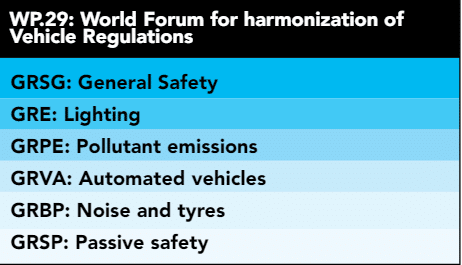 g) Cybersecurity: The automated/autonomous vehicle should be protected against cyber-attacks by established best practices for cyber vehicle physical systems. Vehicles manufacturers shall demonstrate how they incorporated vehicle cyber security considerations into ADSs, including all actions, changes, design choices, analyses and associated testing, and ensure that data is traceable within a robust document version control environment.
g) Cybersecurity: The automated/autonomous vehicle should be protected against cyber-attacks by established best practices for cyber vehicle physical systems. Vehicles manufacturers shall demonstrate how they incorporated vehicle cyber security considerations into ADSs, including all actions, changes, design choices, analyses and associated testing, and ensure that data is traceable within a robust document version control environment.
h) Software Updates: Vehicle manufacturers should ensure system updates occur as needed safely and securely and provide for after-market repairs and modifications as needed.
i) Event Data Recorder (EDR) and Data Storage System for Automated Driving vehicles (DSSAD): The automated/autonomous vehicles should have a function that collects and records the necessary data related to the system status, occurrence of malfunctions, degradations or failures in a way that can be used to establish the cause of any crash and to identify the status of the automated/autonomous driving system and the status of the driver. The identification of differences between EDR and DSSAD to be determined. The second consequence of the framework document was a redefinition of the structure of informal working groups, task forces and special interest groups, subsidiaries of GRVA. Those groups are created under certain terms of reference, as a mandate from GRVA, to reach a target within a defined time frame.
Those working groups develop their activities under the coordination of a chairperson or several chairpersons, with the support of a secretariat and report their results to GRVA. The frequency of meetings of those working groups is, compared to GRVA, much more frequent, as the technical discussions are held within such forums, while the discussions at GRVA are kept at a higher level, and are focused mainly on decision-making rather than the discussion of the details. ACI
—————————————————
With over 25 years of experience and 2,450 engineers specialising in vehicle development, Applus IDIADA is a leading engineering company providing design, testing, engineering, and homologation services to the automotive industry worldwide. Applus IDIADA is in California and Michigan, with further presence in 25 other countries, primarily in Europe and Asia. The article is part of a content-syndication arrangement with the Brake Report.
Also, read Chinese LED Ambient Lights


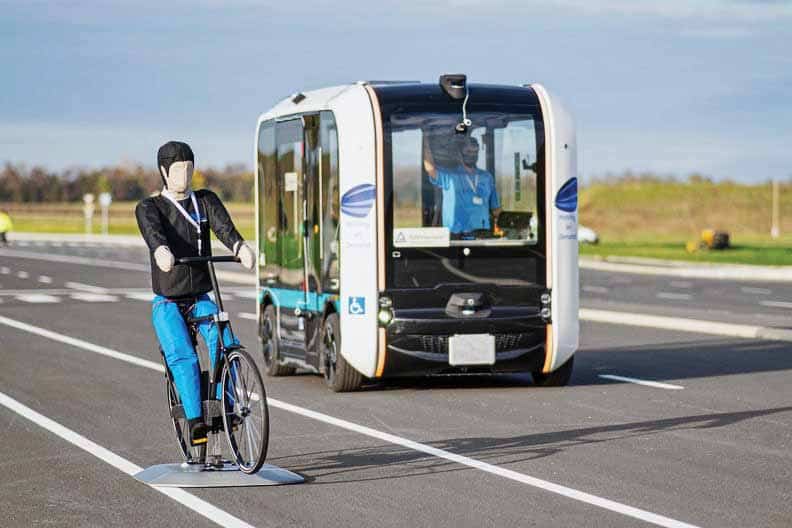

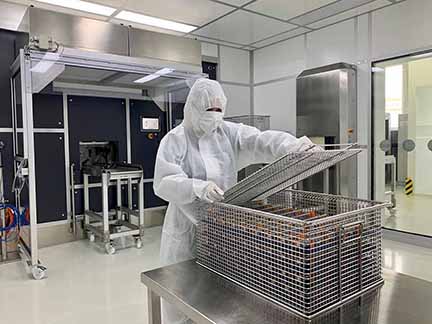
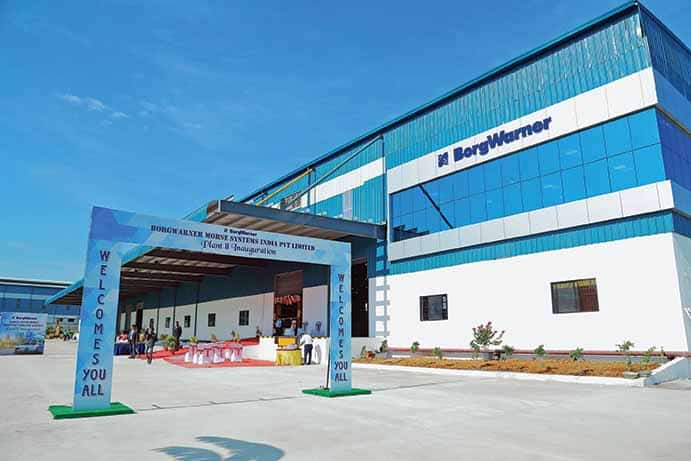
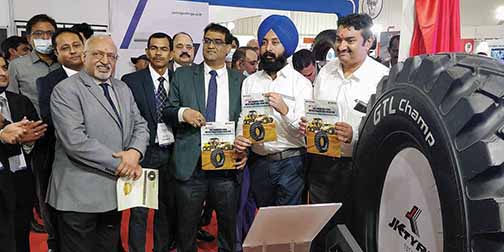

Leave a Reply